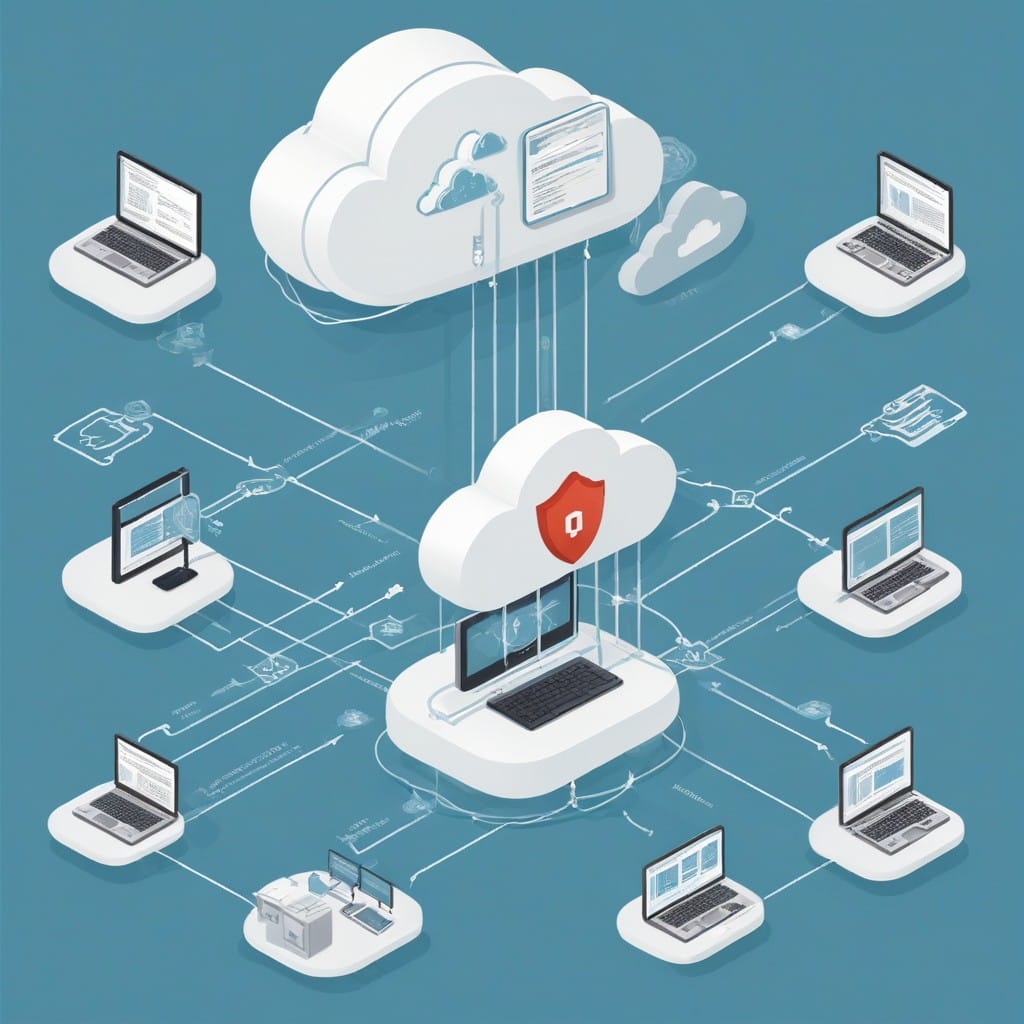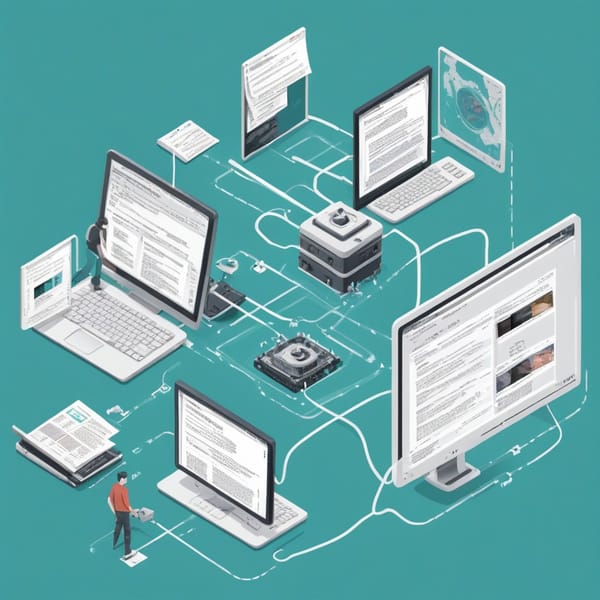Cloud Deployment Security Risks and Mitigation in n8n Workflows

Cloud-based automation tools like n8n have revolutionized workflow management, enabling businesses to streamline operations with minimal coding. However, deploying n8n workflows in the cloud introduces unique security risks that must be addressed to protect sensitive data and ensure compliance. In this post, we’ll explore common security challenges in n8n cloud deployments and provide actionable mitigation strategies.
Common Security Risks in n8n Cloud Deployments
1. Exposed API Keys and Credentials
n8n workflows often rely on third-party APIs, requiring authentication keys or tokens. If these credentials are hardcoded or improperly stored, they can be exposed in logs, version control, or intercepted in transit.
Mitigation:
- Use environment variables or secret management tools (e.g., AWS Secrets Manager, HashiCorp Vault) to store credentials.
- Enable n8n’s built-in credential encryption feature.
- Regularly audit and rotate API keys.
2. Insecure Workflow Endpoints
n8n allows exposing workflows as webhooks or REST endpoints. If these endpoints lack authentication, attackers can trigger workflows maliciously or access sensitive data.
Mitigation:
- Secure webhooks with authentication (e.g., JWT, API keys, or OAuth).
- Restrict endpoint access using IP whitelisting or firewall rules.
- Disable public access for workflows handling sensitive data.
3. Data Leakage in Logs and Error Messages
Debugging workflows can inadvertently log sensitive data, such as API responses or user information, making it accessible to unauthorized personnel.
Mitigation:
- Configure n8n to mask sensitive data in logs (e.g., using REDACTED placeholders).
- Limit log retention periods and ensure logs are stored securely.
- Disable verbose logging in production environments.
4. Insufficient Access Controls
Without proper role-based access control (RBAC), unauthorized users may modify or execute workflows, leading to data breaches or operational disruptions.
Mitigation:
- Leverage n8n’s user management features to assign granular permissions.
- Integrate with identity providers (e.g., Okta, Azure AD) for centralized access control.
- Regularly review user permissions and remove inactive accounts.
5. Vulnerable Third-Party Integrations
n8n’s extensibility relies on community-built nodes, which may contain vulnerabilities or malicious code.
Mitigation:
- Only use nodes from trusted sources and verify their reputation.
- Regularly update custom nodes and dependencies.
- Sandbox untrusted nodes in isolated environments.
6. Lack of Encryption in Transit and at Rest
Unencrypted data transfers or storage can expose sensitive information to interception or theft.
Mitigation:
- Enforce HTTPS/TLS for all API calls and webhook communications.
- Encrypt database backups and storage volumes (e.g., using AWS KMS or Azure Disk Encryption).
- Use n8n’s database encryption options for sensitive workflow data.
Best Practices for Secure n8n Cloud Deployments
-
Regular Security Audits
Conduct periodic reviews of workflows, credentials, and access logs to identify and remediate vulnerabilities. -
Network Segmentation
Deploy n8n in a private subnet with strict inbound/outbound traffic rules to minimize exposure. -
Automated Monitoring and Alerts
Use tools like Prometheus or Datadog to detect unusual activity (e.g., spikes in API calls or unauthorized access attempts). -
Backup and Disaster Recovery
Regularly back up workflows and ensure recovery procedures are tested to mitigate data loss risks. -
Compliance Alignment
Ensure n8n deployments adhere to industry standards (e.g., GDPR, HIPAA) by implementing data anonymization and audit trails.
Conclusion
While n8n simplifies workflow automation, its cloud deployment introduces security risks that demand proactive measures. By securing credentials, hardening endpoints, enforcing access controls, and monitoring integrations, organizations can leverage n8n’s power without compromising security. Adopting these best practices ensures resilient and compliant automation workflows in the cloud.
By staying vigilant and implementing robust security measures, businesses can harness the full potential of n8n while safeguarding their data and operations.



